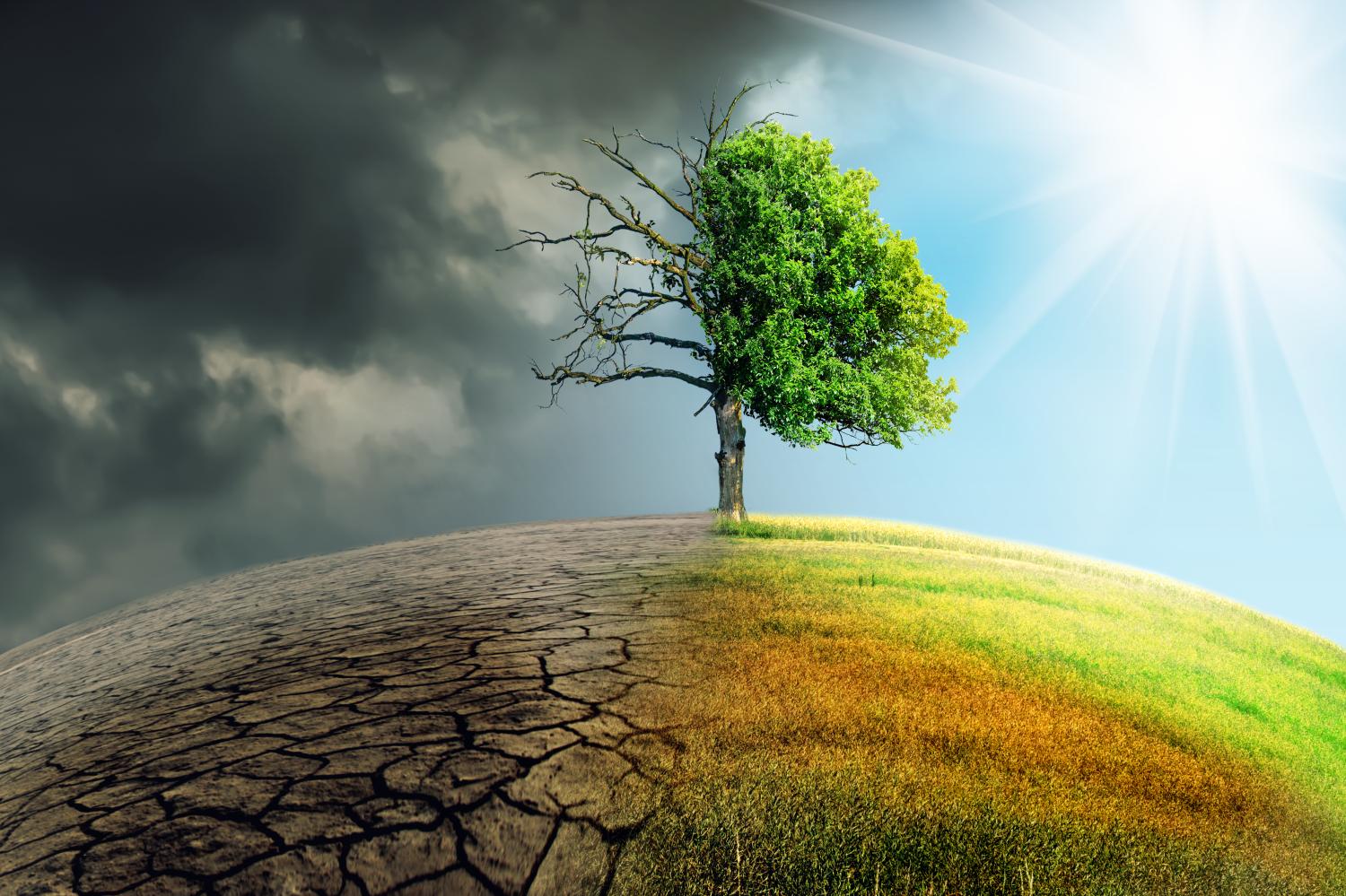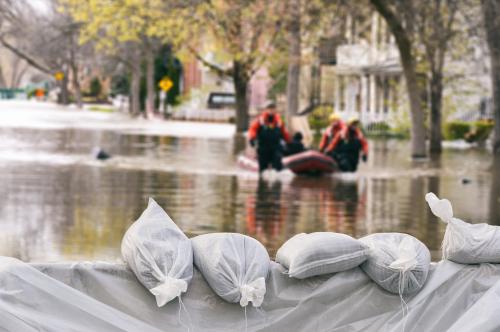This is a Brookings Center on Regulation and Markets policy brief.
Summary
In an ideal world without uncertainty, policymakers should use a range of policies to reduce greenhouse gas emissions, but the core policy should be to price carbon emissions at the level of the marginal cost of carbon emissions, or equal to the social cost of carbon emissions. However, the real world is highly uncertain. Uncertainty regarding climate science, the economic impact of climate change, and appropriate discount rates across generations all complicate estimates of the social cost of carbon emissions. There are a wide range of estimates ranging from negative numbers to thousands of U.S. dollars per ton of CO2 (Wang et al. 2019), and it is unlikely for policymakers to reach even a vague agreement on the social cost of carbon. There is also a strong argument to go beyond carbon pricing and adopt a mix of policies that lower economic costs and raise the political acceptance of alternative climate policies.
In response to climate uncertainty, researchers, businesses, and policymakers are turning to scenario analysis. The use of scenarios is critical for policy design because of the extent of uncertainty and the highly dynamic nature of the system. Policies must adapt to new information on the changing climate, emergent technologies, and the reactions of the economy. However, to effectively use scenarios, policymakers need to understand how scenarios are developed and the strengths and weaknesses of the different modelling approaches.
This policy brief has two goals. The first is to inform policymakers about existing scenario approaches and how scenarios that are applied to large-scale models should be used first to understand the nature and scale of possible climate shocks and then develop and evaluate alternative policy approaches to respond to climate change. A key message for policymakers who are increasingly using scenarios for stress testing financial systems is to not force convergence of results across different types of models. The differences in model projections help policymakers to understand the nature of uncertainty and what policies might help minimize those uncertainties. For example, integrated assessment models (IAMs) focus on technologies required to reduce emissions, whereas economic models focus more on changing the behaviour of households and firms and endogenous structural change in economies in order to reduce emissions.
The second goal of the paper is to draw some policy conclusions for climate policy design that have emerged from recent scenario exercises. There are significant climate risks with potential large economic costs, such as physical risk from chronic climate change and extreme climate events as well as shocks to economies from changes in climate policies (transition risk).
We also summarize the various types of scenarios that have been considered and outline the types of models generally used for long-term and short-term scenario development. Carbon pricing is important for changing the behaviour of households and firms to reduce greenhouse gas emissions. However, carbon prices might not be sufficient as, due to market failures, there is an important role for infrastructure investment by governments and other policies to reduce adjustment costs involved in transitioning to a low-carbon world.
In addition to the insights already gained using model-based scenarios, another key policy lesson from this brief is that policymakers should be careful in using scenarios to design robust policies across a wide range of economic viewpoints rather than seeking optimal policies in a particular model.
Download the full policy brief here.
The Brookings Institution is financed through the support of a diverse array of foundations, corporations, governments, individuals, as well as an endowment. A list of donors can be found in our annual reports published online here. The findings, interpretations, and conclusions in this report are solely those of its author(s) and are not influenced by any donation.









